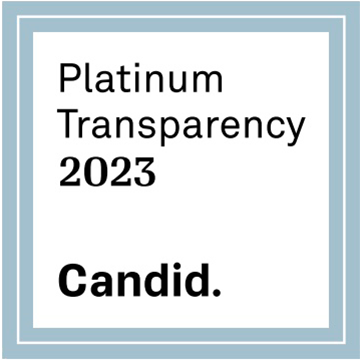Local Land Use Planning Toolbox
City and county codes of ordinances – including those that affect land use, new development, floodplains, stormwater, and transportation – guide development and reflect the community’s vision for growth. They are the framework that regulates what type of development can occur, from permissible land uses to building density and location. While codes make it easier for a community to implement its vision, they can impede desired types of development if the codes are out of date or are not well aligned with the vision.
Conventional codes that zone by use, such as residential, office and retail, rather than mixed-use, restrict development of more walkable neighborhoods with easy access to businesses and services. Codes require development standards, which are design principles, criteria, and specifications to ensure new development is properly planned and built. Codes may also be enacted in response to adopted policies and recommendations.
Development codes can provide opportunities to integrate water conservation objectives and protect local water resources if these are identified as community goals.
For example, “sustainable” development codes generally include low impact development and green infrastructure, protection of sensitive lands, conservation of natural resources, water conservation, and climate resiliency, and generally address urban form and the role of density. The following link provides an example of these frameworks.
A key way to incorporate water conservation and groundwater protection into new development involves design ordinances, codes, and standards that include site planning practices that mimic natural conditions to the extent possible. This includes minimizing impervious surfaces, minimizing alteration of natural vegetation and topography to minimize erosion, implementing landscape design that integrates natural features, and managing stormwater through the use of natural systems (Low Impact Development). Codes can also specify efficient indoor fixtures and technologies, and set prohibitions or restrictions on certain types of water use such as golf courses, or water features like fountains or pools. Development codes can also specify the location and extent of high water use landscaping, such as turf, in new residential and commercial construction.
Improving linkages between land use development codes and standards and water resources can be achieved by incorporating water conservation and management in the following:



